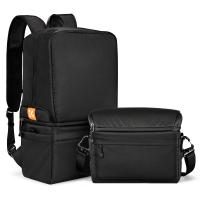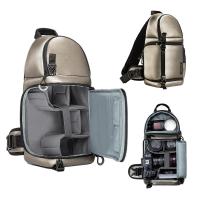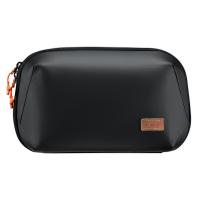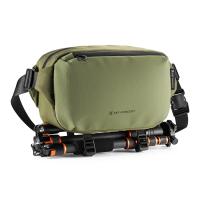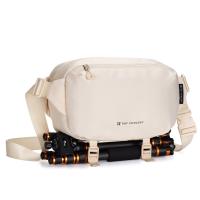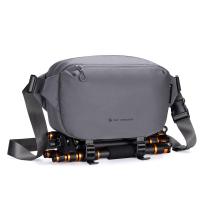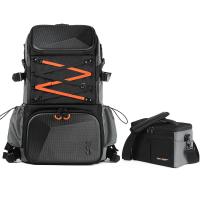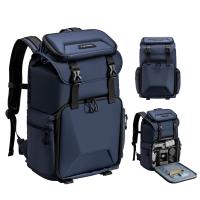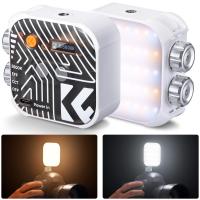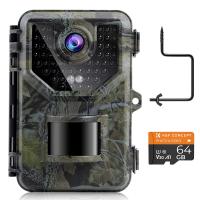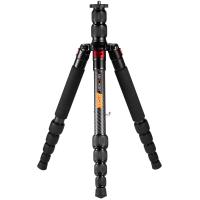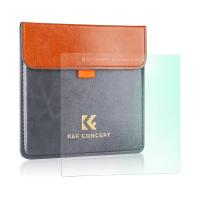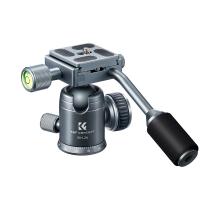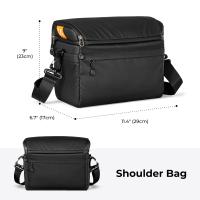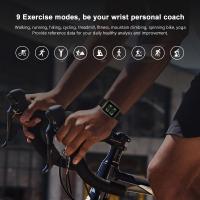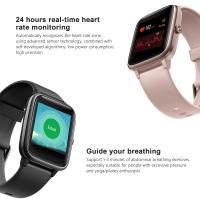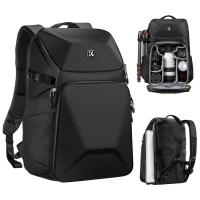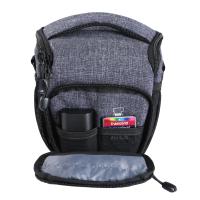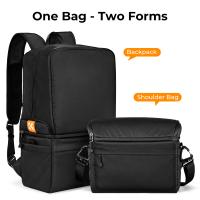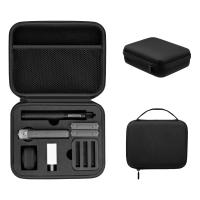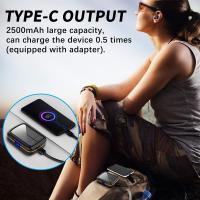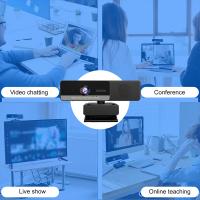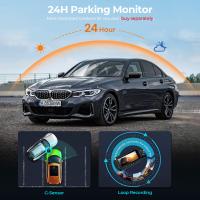What's Inside My Camera Bag?
As a professional photographer or an enthusiastic hobbyist, the contents of your camera bag can make or break your shooting experience. Whether you're preparing for a casual day of street photography, a professional wedding shoot, or an adventurous wildlife expedition, having the right gear is crucial. In this article, we will delve into the essential items that should be in your camera bag, ensuring you are always prepared for any photographic opportunity that comes your way.
The Camera Body
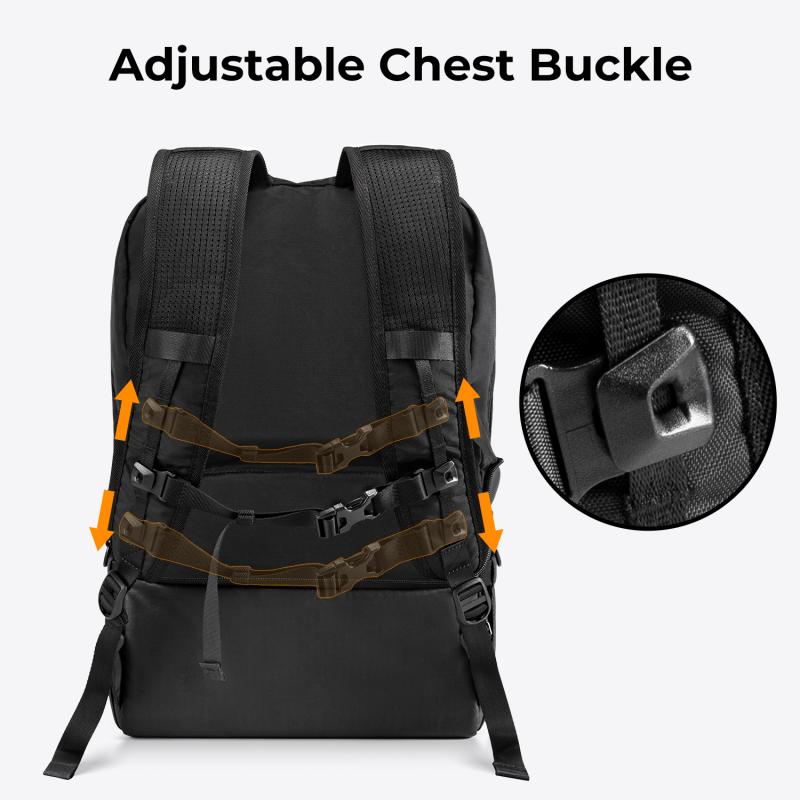
At the heart of every photographer's kit is the camera body. The type of camera you choose—whether it's a DSLR, mirrorless, or even a high-end compact—depends on your specific needs and preferences. For instance, a full-frame DSLR like the Canon EOS 5D Mark IV offers excellent image quality and durability, making it ideal for professional work. On the other hand, a mirrorless camera like the Sony A7 III provides a lighter, more compact option without sacrificing performance.
Lenses
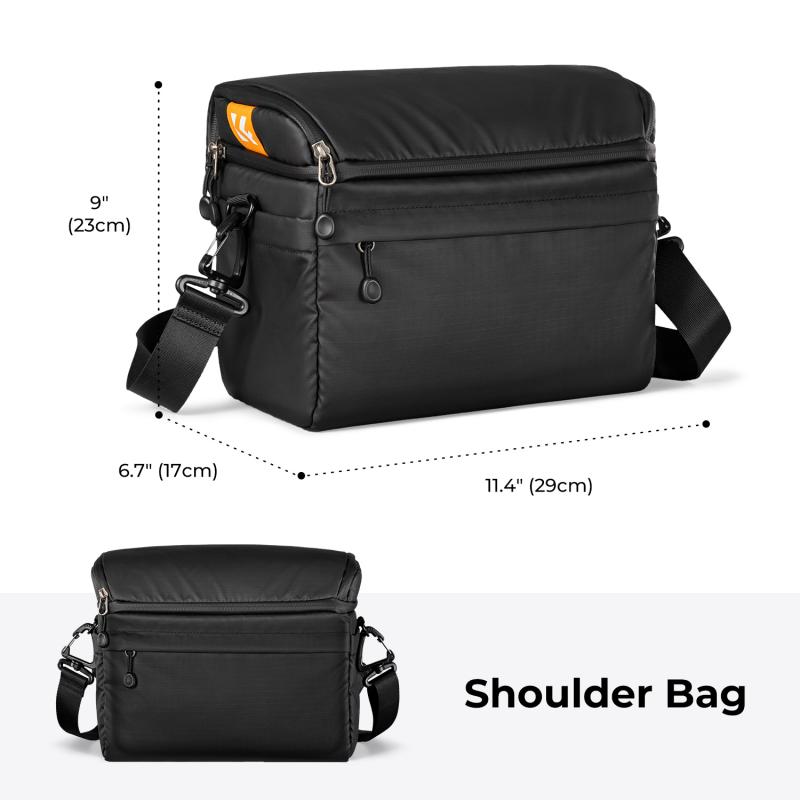
Lenses are arguably the most critical components in your camera bag. The choice of lenses can significantly impact the quality and style of your photographs. Here are some must-have lenses:
1. Standard Zoom Lens (24-70mm): This versatile lens is perfect for a wide range of photography styles, from portraits to landscapes. It offers a good balance between wide-angle and telephoto capabilities.
2. Prime Lens (50mm f/1.8): Known for its sharpness and low-light performance, a 50mm prime lens is excellent for portraits and street photography. Its wide aperture allows for beautiful bokeh and shallow depth of field.
3. Telephoto Lens (70-200mm): Ideal for sports, wildlife, and event photography, a telephoto lens lets you capture distant subjects with ease. The 70-200mm range is particularly popular for its versatility and image quality.
4. Wide-Angle Lens (16-35mm): Perfect for landscapes, architecture, and interior photography, a wide-angle lens allows you to capture expansive scenes and intricate details.
Accessories

Beyond the camera and lenses, several accessories can enhance your shooting experience and ensure you are prepared for any situation.
1. Tripod: A sturdy tripod is essential for long-exposure shots, landscape photography, and any situation where camera stability is crucial. Look for a lightweight, portable option like the Manfrotto Befree for easy transport.
2. External Flash: An external flash unit, such as the Canon Speedlite 600EX II-RT, provides more power and flexibility than your camera's built-in flash. It's indispensable for low-light situations and creative lighting techniques.
3. Memory Cards: Always carry multiple high-capacity memory cards to ensure you never run out of storage space. Brands like SanDisk and Lexar offer reliable options with fast read/write speeds.
4. Spare Batteries: Running out of battery power can be a photographer's worst nightmare. Carrying spare batteries ensures you can keep shooting without interruption.
5. Lens Filters: Filters like UV, polarizing, and ND (neutral density) filters can enhance your images and protect your lenses. A polarizing filter, for example, reduces reflections and enhances colors, while an ND filter allows for longer exposures in bright conditions.
6. Cleaning Kit: Keeping your gear clean is essential for maintaining image quality. A basic cleaning kit should include a blower, lens cleaning solution, microfiber cloths, and sensor swabs.
Personal Items
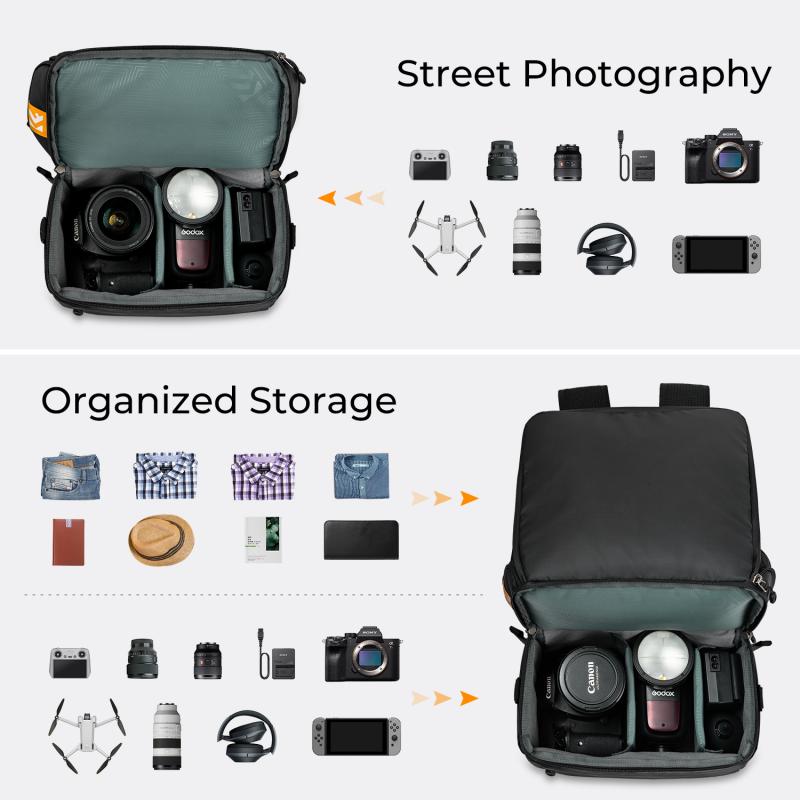
While the focus is often on photographic equipment, don't forget to include personal items that can make your shooting experience more comfortable and enjoyable.
1. Water and Snacks: Staying hydrated and energized is crucial, especially during long shoots. Pack a reusable water bottle and some snacks to keep your energy levels up.
2. Weather Protection: Depending on your shooting environment, you may need items like a rain cover for your camera, a hat, sunscreen, or gloves. Being prepared for the weather ensures you can keep shooting comfortably.
3. Notebook and Pen: Jotting down notes, ideas, or shot lists can be incredibly helpful, especially during complex shoots. A small notebook and pen are invaluable tools for staying organized.
Specialized Gear
Depending on your specific photography niche, you may need additional specialized gear.
1. Remote Shutter Release: For long exposures, time-lapse photography, or self-portraits, a remote shutter release is indispensable. It allows you to trigger the camera without touching it, reducing the risk of camera shake.
2. Reflectors and Diffusers: These tools are essential for controlling and manipulating light, especially in portrait and macro photography. Reflectors can bounce light onto your subject, while diffusers soften harsh light.
3. Gimbal or Stabilizer: For videographers, a gimbal or stabilizer is crucial for capturing smooth, professional-looking footage. Options like the DJI Ronin-S offer excellent stabilization and ease of use.
4. Drone: A drone can provide unique aerial perspectives that are impossible to achieve with a traditional camera. The DJI Mavic Air 2, for example, offers high-quality imaging and advanced features in a compact package.
Packing and Organization
How you pack and organize your camera bag can significantly impact your efficiency and ease of access to your gear. Here are some tips for optimal organization:
1. Use Dividers: Most camera bags come with adjustable dividers that allow you to customize the interior layout. Use these dividers to create compartments for your camera, lenses, and accessories.
2. Label Your Gear: Labeling your gear can help you quickly identify and access the items you need. This is especially useful if you have multiple similar-looking lenses or accessories.
3. Keep Essentials Accessible: Items you use frequently, such as memory cards, batteries, and lens caps, should be easily accessible. Use exterior pockets or dedicated compartments for these essentials.
4. Balance the Weight: Distribute the weight of your gear evenly to avoid strain and discomfort. Place heavier items, like the camera body and larger lenses, towards the center of the bag.
The contents of your camera bag can vary depending on your specific needs and the type of photography you pursue. However, having a well-thought-out selection of gear and accessories ensures you are prepared for any situation. By carefully considering the items you include in your camera bag and organizing them efficiently, you can enhance your shooting experience and capture stunning images with confidence. Whether you're a seasoned professional or an enthusiastic amateur, a well-packed camera bag is your key to photographic success.


